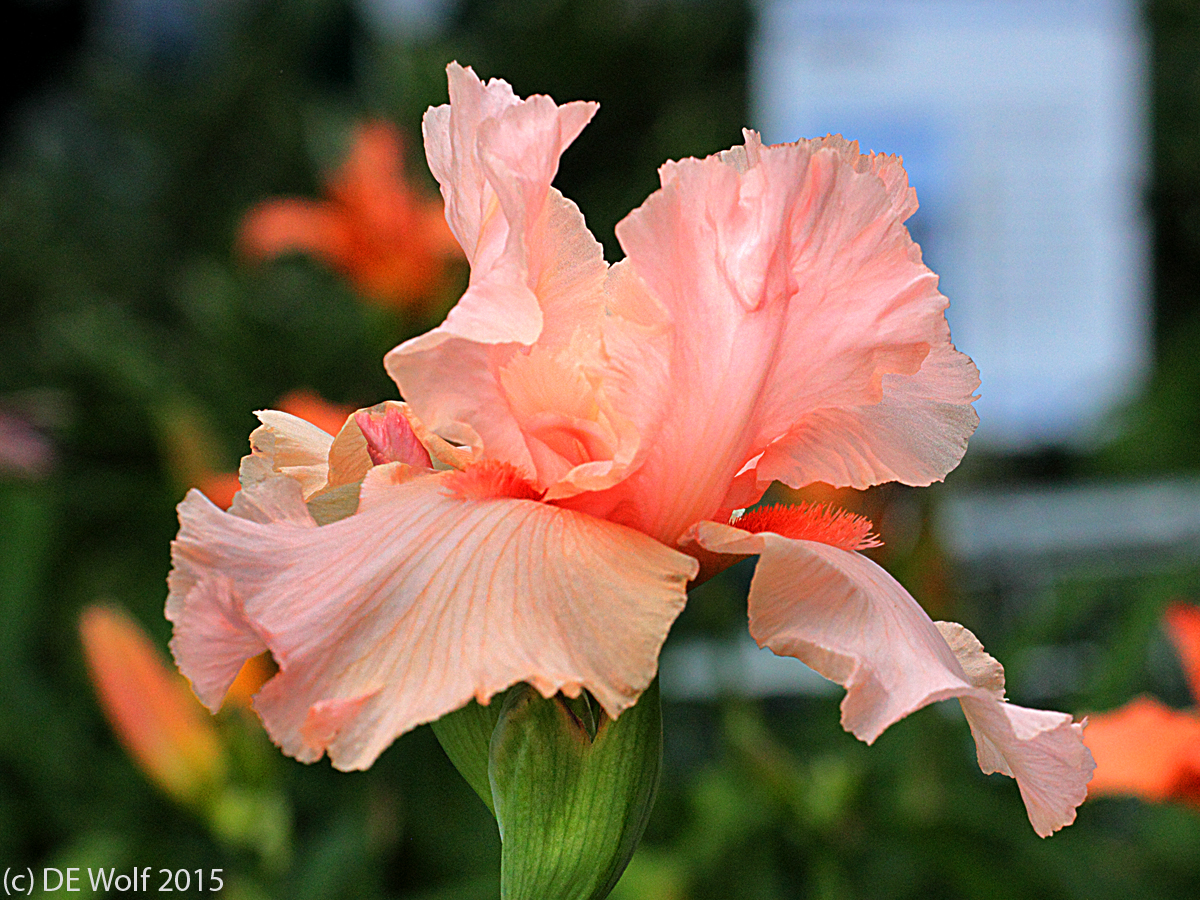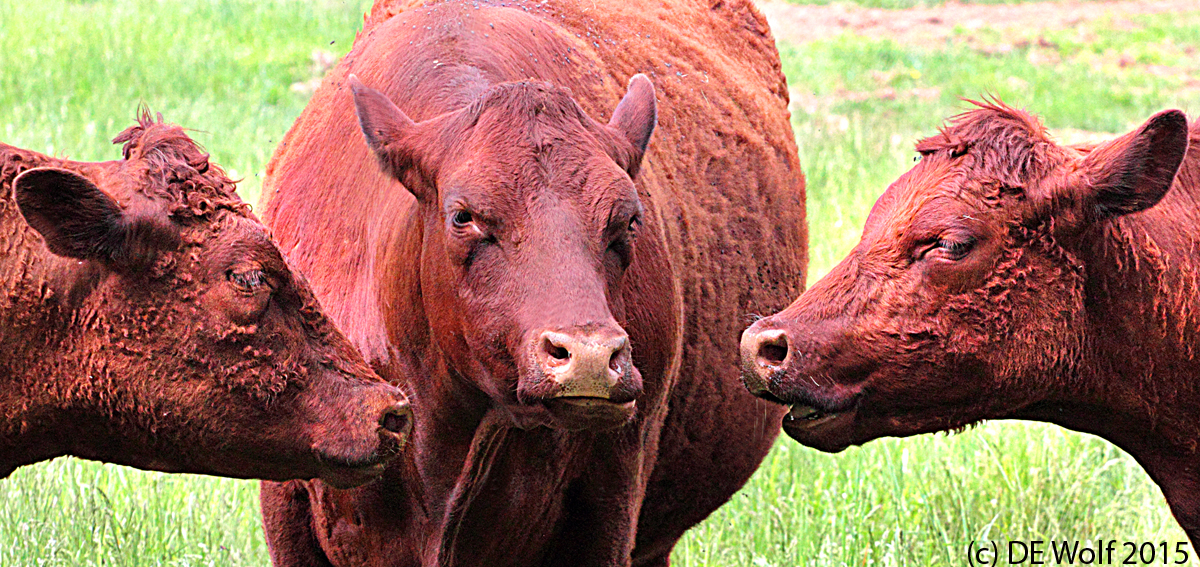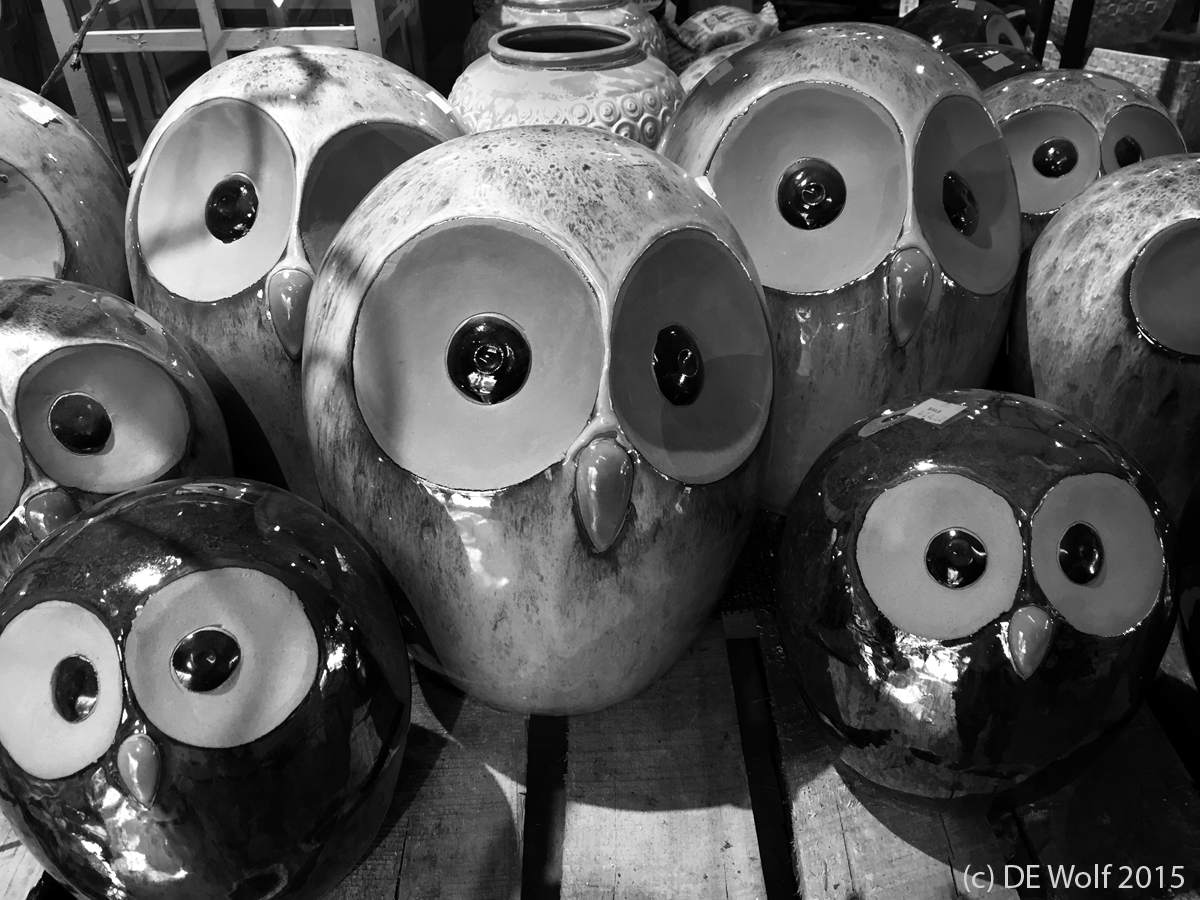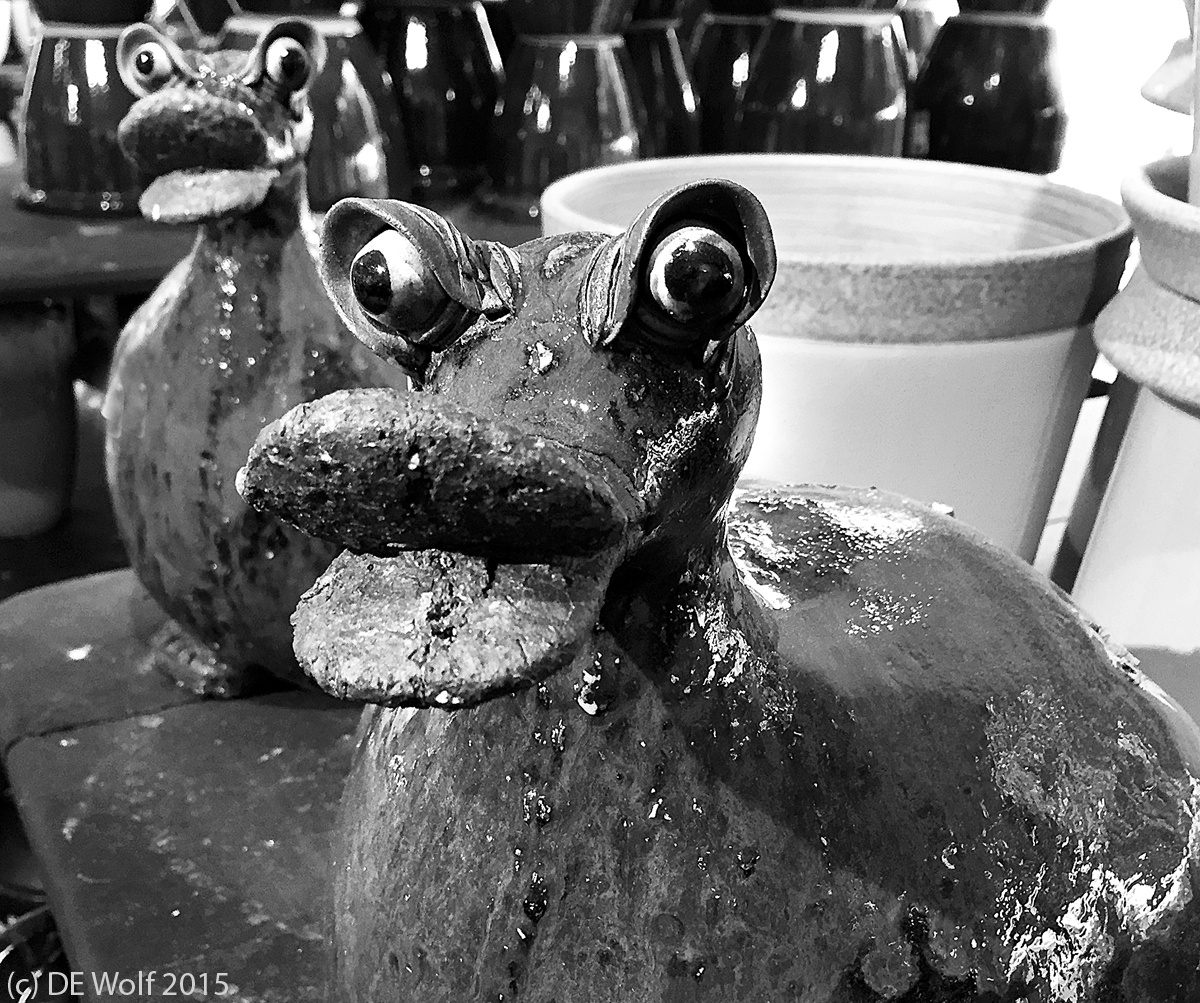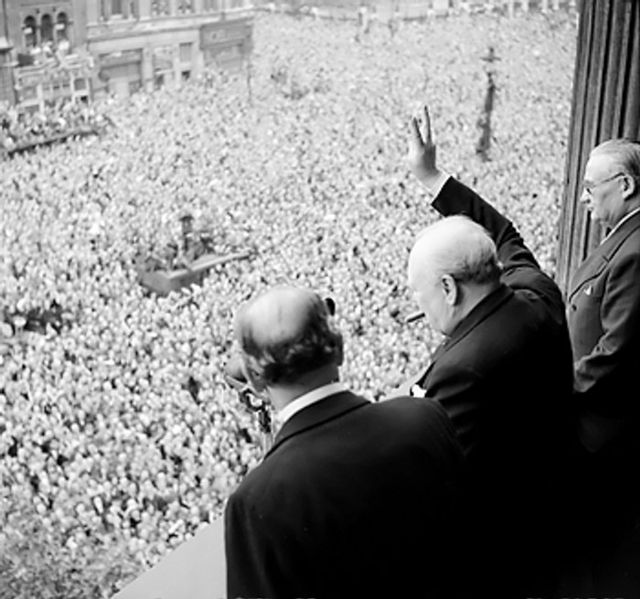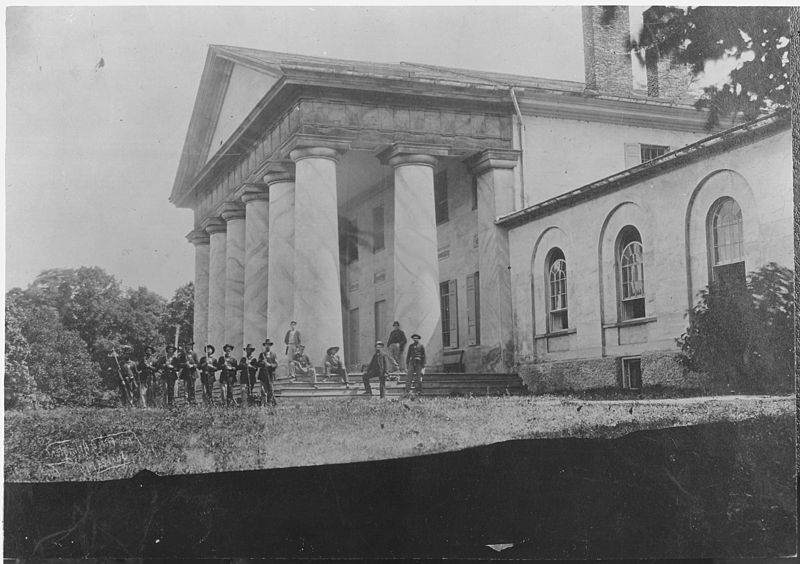This past weekend, Memorial Day, was a quiet relaxing three days – time to get ready for summer. I spent part of it doing some maintenance on the Hati and Skoll website. The “Cabinet of Nature” gallery was getting over run with bird photographs; so these have their own gallery now. Also, there is a special gallery confined to “Birds of Fresh Pond,” which I am hoping to link with the “Friends of Fresh Pond” website. Over the next few weeks I will be further “touching” things up, culling here and augmenting there.
I did find some time for photographing as well and have already posted some of these. I do not often succumb to flower pictures, but on Monday, as was walking through a nursery in Concord, MA, I came upon this spectacular pink iris (Figure 1). We tend to think of irises as being blue, but there are varieties, and these include the spectacular yellow wild irises that now grace “Black’s Nook” in Cambridge. I am told that my pink iris resembles a ballerina; so I have named it that. And I do see a resemblance to some of those “dancers in gossamer” photographs that abound.
Canon T2i with EF70-200mm f/4L USM at 113 mm, ISO 1600, Aperture Priority AE mode, 1/1600 th sec at f/8.0 with no exposure compensation.

